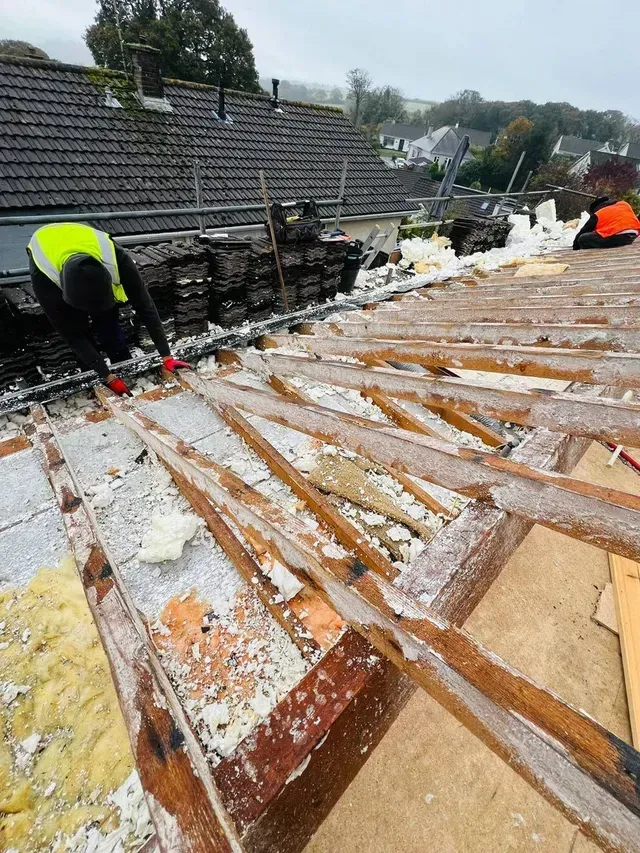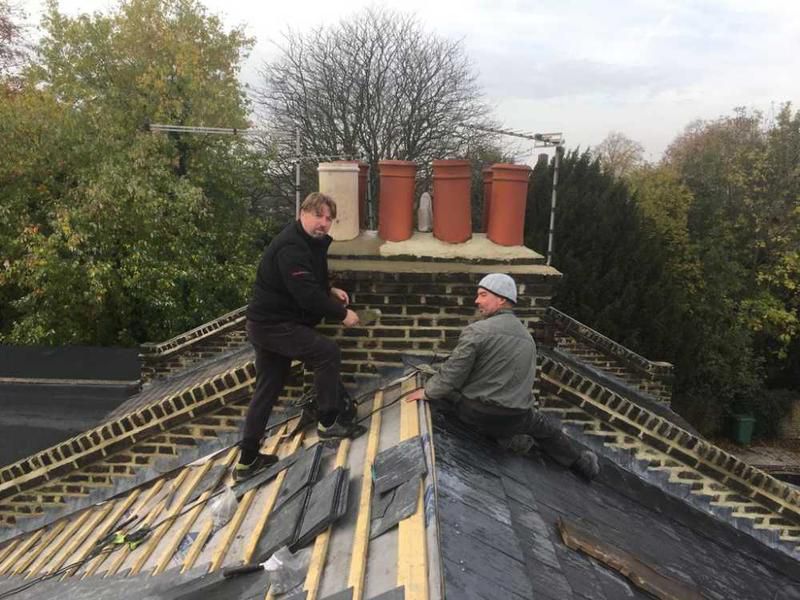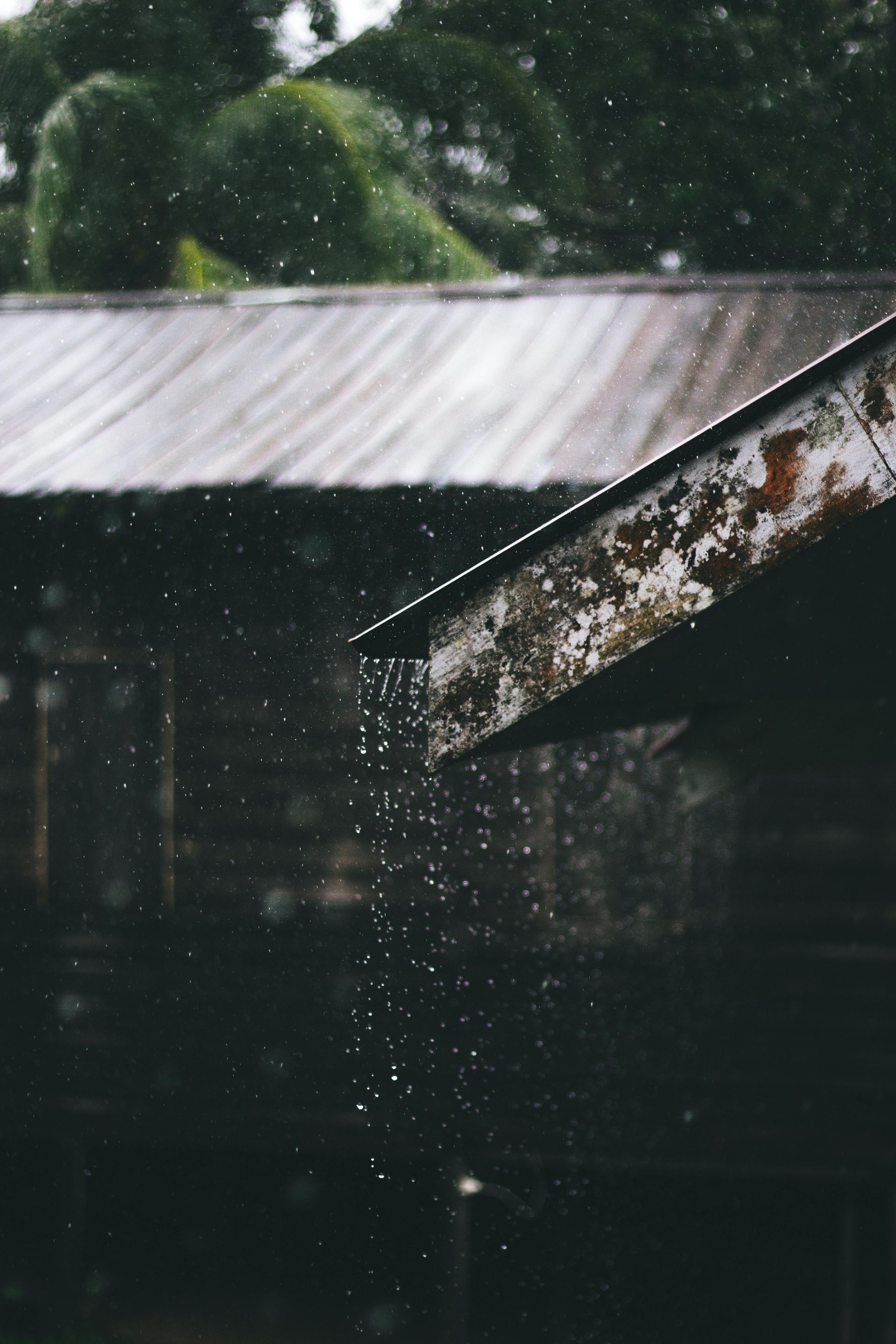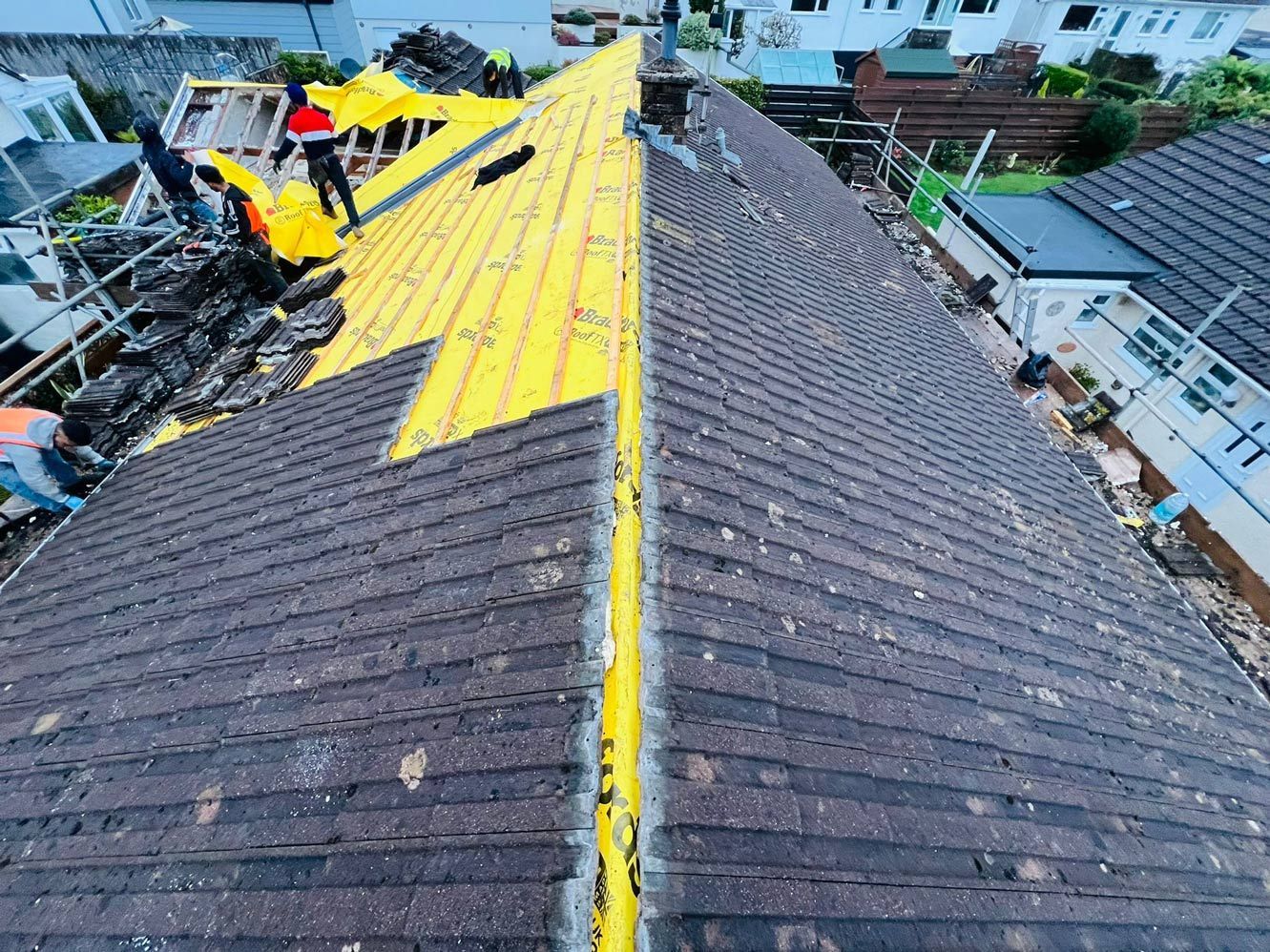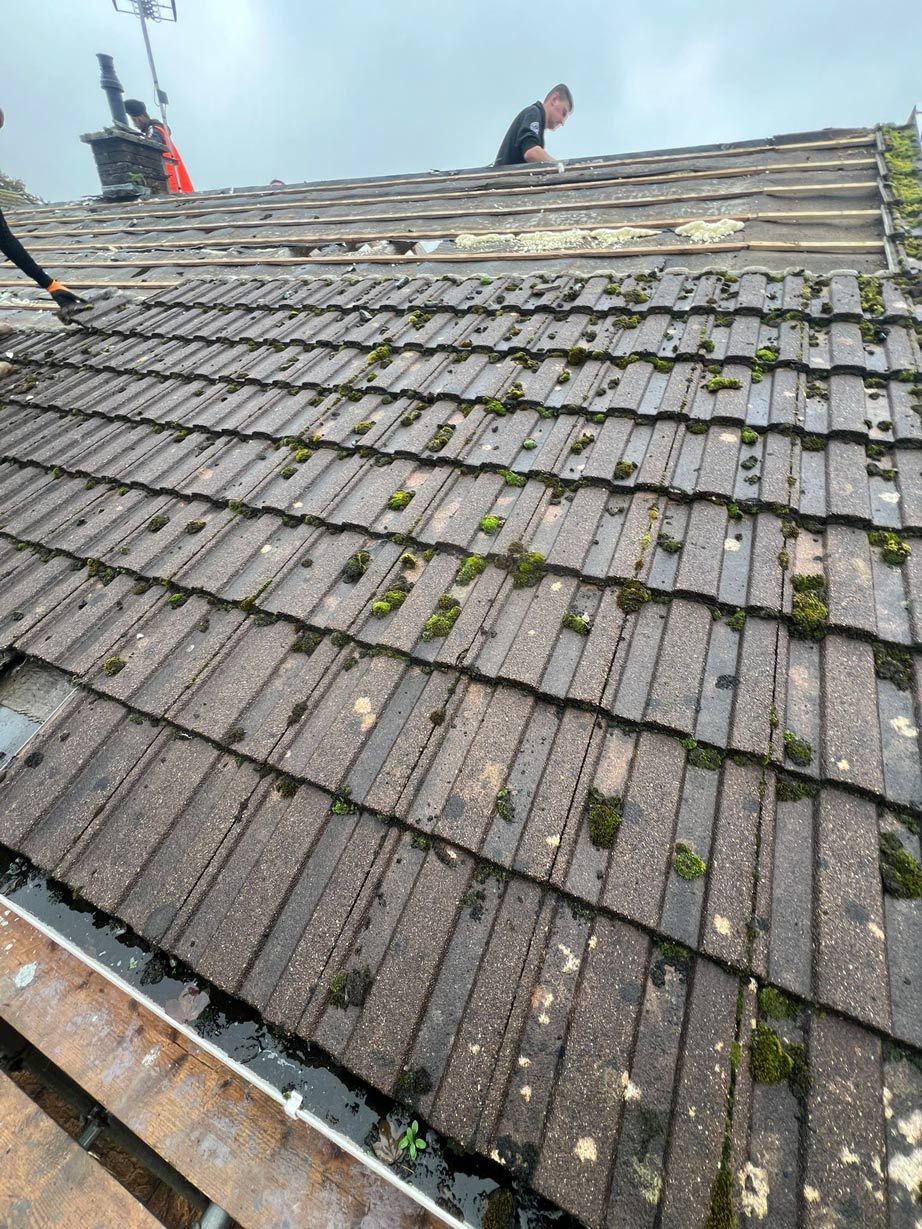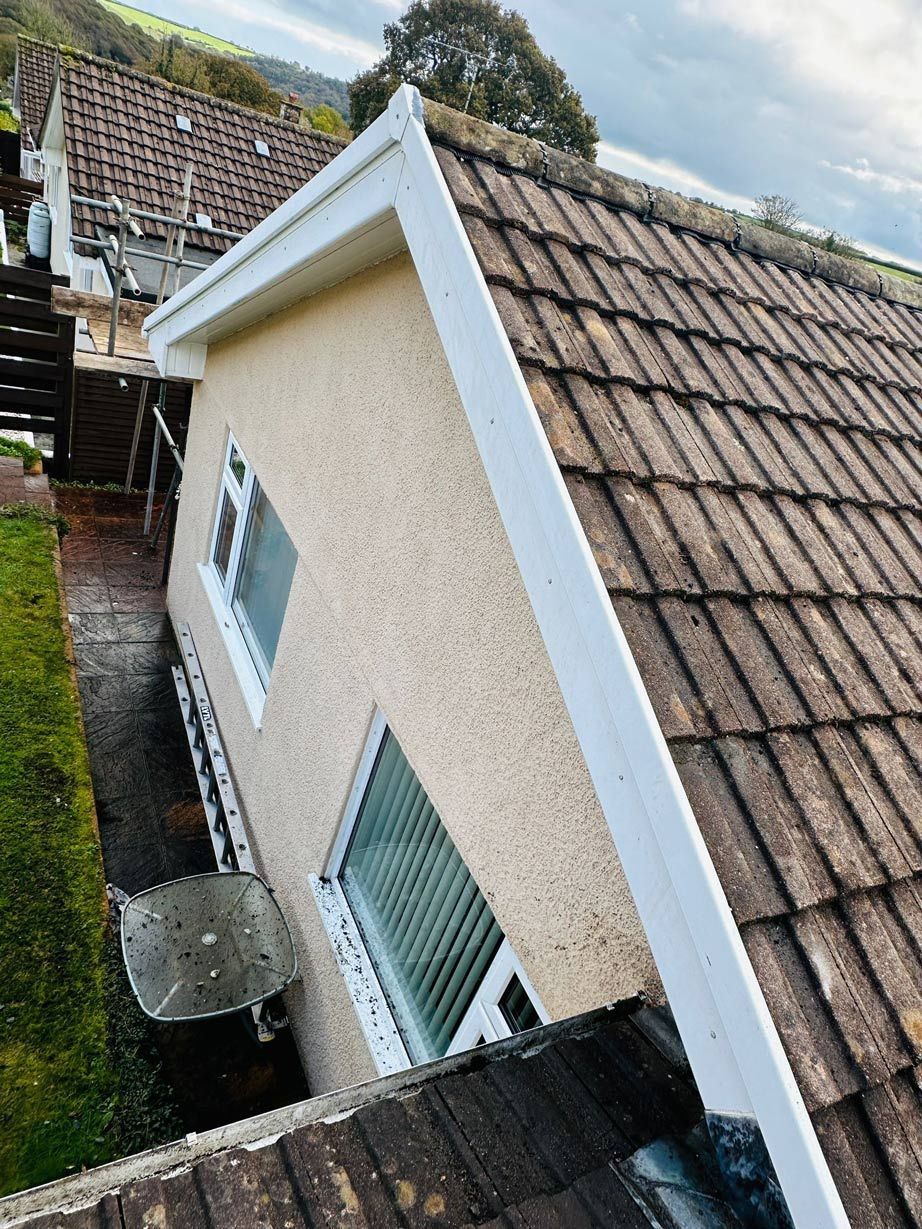Winter can be a magical time, with snowy landscapes and frosty mornings. However, for homeowners, it’s also a season that brings unique challenges, particularly when it comes to roof maintenance. Ice and snow build-up on your roof can lead to significant damage, including leaks, structural issues, and even the dreaded ice dams. Prevention is key to avoiding costly repairs while ensuring your home remains warm and dry throughout the colder months. In this guide, we’ll walk you through the best tips to protect your roof from ice and snow accumulation this winter.
Understanding the Risks of Ice and Snow on Your Roof
Before diving into preventative measures, it’s essential to understand why ice and snow build-up can be so harmful to your roof.
Ice Dams: A Silent Threat
One of the most common winter roofing problems is ice dams. These occur when snow on your roof melts due to heat escaping from your home. The melted snow trickles down to the colder eaves, where it refreezes, forming a ridge of ice. As more snow continues to melt, the water gets trapped behind the dam, seeping under shingles and into your home. Over time, this can result in water damage, mould, and weakened structural integrity.
Excessive Weight
Snow might look light and fluffy, but once it accumulates, the weight can put a strain on your roof. Wet, heavy snow poses a particular risk, especially if your roof isn’t designed to handle significant loads. In extreme cases, this weight can lead to sagging or even structural collapse.
Freeze-Thaw Cycles
The constant freezing and thawing of water can cause cracks and splits in your roof’s materials, particularly if they’re already aged or damaged. This not only reduces the lifespan of your roofing system but can also create entry points for water to seep in.
Top Tips to Protect Your Roof This Winter
For many older roofing systems, thermal performance was often an afterthought. This means properties are losing warmth in winter and trapping heat in summer, leading to unnecessarily high energy consumption.
To combat these challenges, homeowners and businesses must shift towards sustainable roofing solutions that minimise these environmental impacts.
1. Ensure Proper Insulation
Heat escaping from your home is one of the leading causes of ice dams. To counter this, ensure your attic has sufficient insulation. By maintaining a consistent temperature across your roof, you can prevent the uneven melting of snow. The National Insulation Association recommends using materials like fibreglass or mineral wool for excellent thermal performance.
Tip:
Check for any gaps or areas where warm air might be escaping, particularly around light fixtures and attic hatch doors.
2. Check Your Roof Ventilation
Alongside insulation, proper ventilation also plays a crucial role in preventing ice dams. Good airflow in your attic helps to regulate roof temperatures by allowing cold air to enter while releasing warm air. This balance ensures that snow melts evenly across the surface rather than in isolated patches.
Tip:
Inspect and clear blockages in your soffit vents and ridge vents ahead of winter.
3. Clear Snow Build-Up Safely
If heavy snow has accumulated on your roof, it’s important to clear it before it creates problems. However, removing snow from a roof can be dangerous and should be done carefully.
- Use a roof rake specifically designed for snow removal. These tools come with long handles, allowing you to clear snow from the ground without climbing onto the roof.
- Avoid scraping directly against your shingles, as this can cause damage.
- For large-scale snow removal, consider hiring professional help.
4. Install Heat Cables
Heat cables, also known as heat tape, can be installed along the edges of your roof to prevent ice dams. These cables work by melting snow at the eaves, ensuring water flows freely off the roof. While it’s not a substitute for proper insulation and ventilation, heat tape can be a helpful additional measure for high-risk areas.
Tip: Consult a roofing professional before installation to ensure cables are fitted correctly for maximum effectiveness.
Now that we’ve explored the various options, here are the factors that should steer your decision:
5. Inspect and Maintain Gutters
Clogged gutters can exacerbate the formation of ice dams. Make sure your gutters and downspouts are clean and free of debris before the first snowfall. If water can’t flow away from your roof due to blockages, it will freeze, creating icy build-ups at the edges.
Tip:
Consider installing gutter guards to reduce the frequency of clogs.
6. Repair Pre-Winter Damage
Any pre-existing damage to your roof, such as cracked tiles, missing shingles, or worn flashing, will only worsen under winter conditions. Conduct a thorough inspection of your roof before the season begins, and address any damage promptly. If you’re unsure about what to look for, hiring a professional roofing contractor can ensure no issues are overlooked.
Tip from D&R Roofing Experts: Small repairs now can save you from costly replacements down the road.
7. Trim Overhanging Branches
Snow and ice can accumulate on tree branches surrounding your home. Overhanging branches can break and fall onto your roof, causing severe damage to shingles or tiles. Pre-empt this risk by trimming any trees near your property.
Tip: Hire a professional tree surgeon if large branches are difficult to reach or pose a safety hazard during trimming.
8. Schedule Regular Roof Inspections
Even with preventative measures in place, it’s a good idea to schedule regular inspections with a trusted roofing professional. They can identify vulnerabilities and ensure your roof is ready to withstand winter conditions.
Tip from D&R Roofing Experts:
We recommend bi-annual inspections, ideally in spring and autumn, to keep your roof in top condition year-round.
Emergency Steps if Ice Dams Form
If an ice dam has already formed on your roof, it’s important to act swiftly to minimise damage. Here’s what you can do:
1. Use a calcium chloride ice melt product to break down the ice. Avoid using salt, as it can damage shingles and vegetation around your home.
2. Place a sock filled with calcium chloride across the dam, allowing it to gradually melt a channel for trapped water to flow.
3. Avoid hacking at the ice with sharp tools, as this can damage your roof.
4. Contact a roofing professional for safe removal and advice on preventing future occurrences.
Why Choose D&R Roofing Experts?
At D&R Roofing Experts, we understand how challenging the UK’s unpredictable winter weather can be for homeowners. With years of experience serving local communities, our team specialises in providing tailored roofing solutions to combat winter damage. From pre-winter inspections to emergency ice dam removal, we’re here to ensure your roof remains strong and leak-free, no matter the season.
Conclusion:
Winter-proofing your roof is not just about safeguarding your property but also about ensuring the safety and comfort of your family. By taking proactive steps—such as improving insulation, maintaining ventilation, and keeping your roof clear of snow—you can significantly reduce the risk of damage caused by ice and snow build-up. Should you need professional assistance, don’t hesitate to get in touch with D&R Roofing Experts. Let us help you stay warm and protected this winter.
Contact us today
for a free roofing assessment and winter-readiness consultation!



